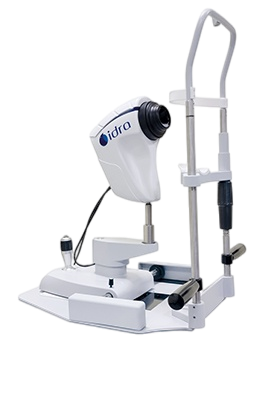 Our clinic uses the IDRA instrument to take detailed scans of the individual layers of the tear film as well as high-resolution imaging of the eyelids and lashes. These scans and photographs enable our team to determine the type and severity of dry eye disease and the best treatment options for our patients.
Our clinic uses the IDRA instrument to take detailed scans of the individual layers of the tear film as well as high-resolution imaging of the eyelids and lashes. These scans and photographs enable our team to determine the type and severity of dry eye disease and the best treatment options for our patients.
Scans available on the IDRA include:
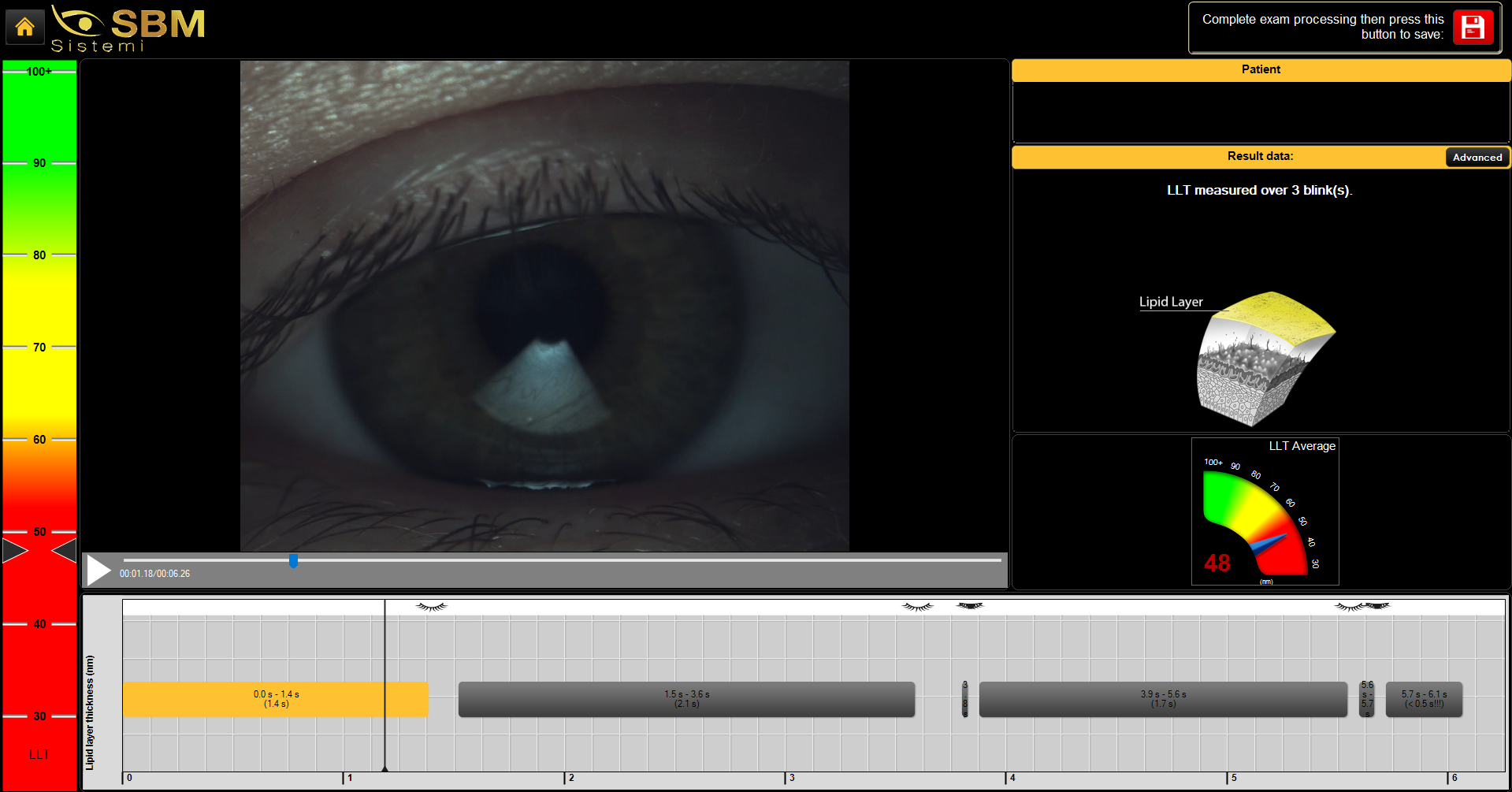
Interferometry
this measures the thickness of the lipid (oil) layer of your tear film.
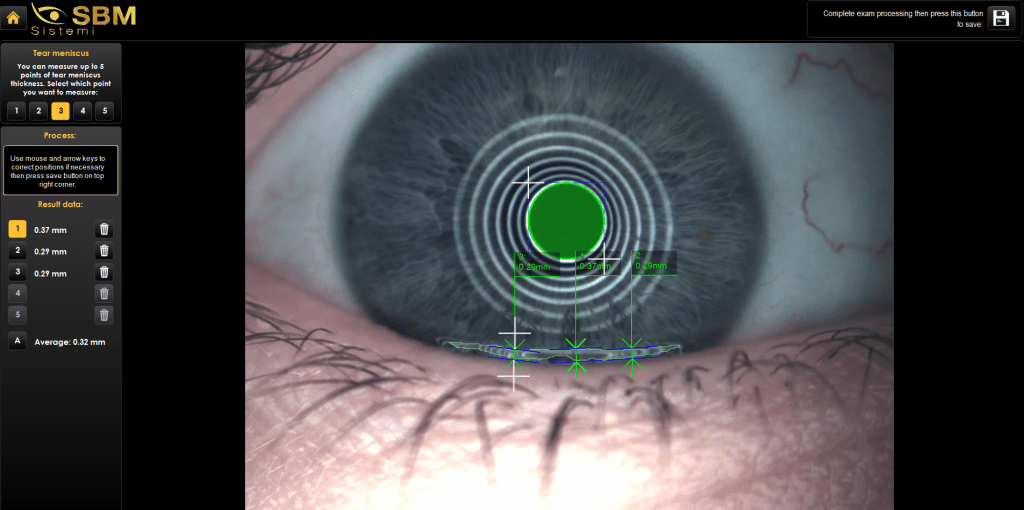
Tear Meniscus
this measures the aqueous (water) layer at several points to calculate the average height of tears resting at the lower lid margin.
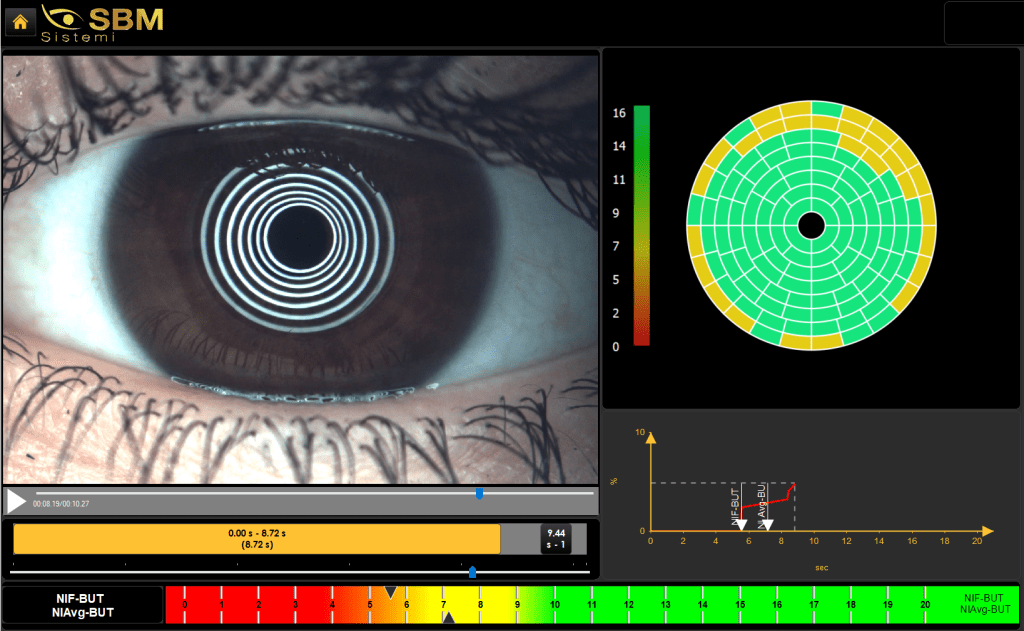
Non-invasive Break-up Time (N.I.B.U.T)
this evaluates the stability and regularity of the tear film.
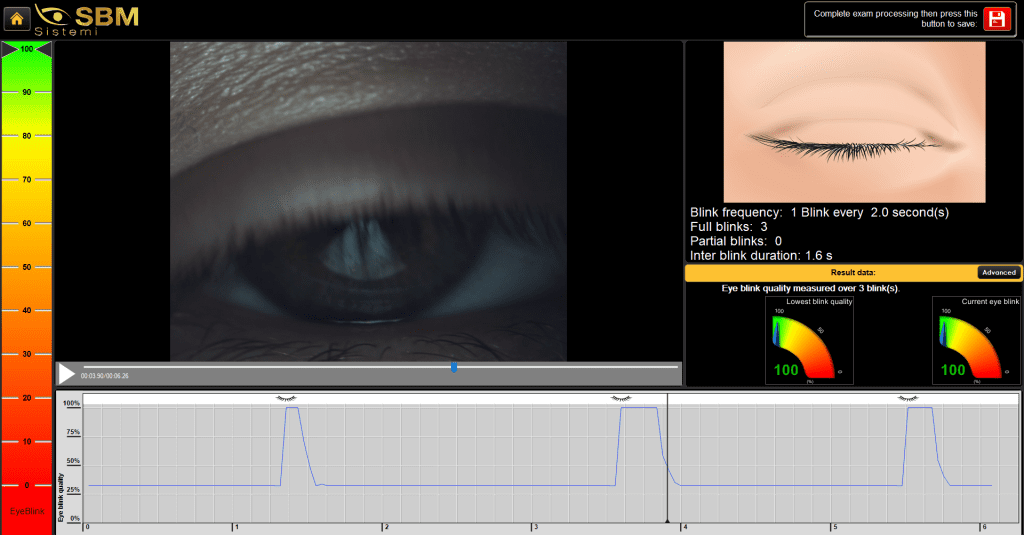
Blink Detection
this calculates your blink frequency, duration and amount of full and partial blinks you have.
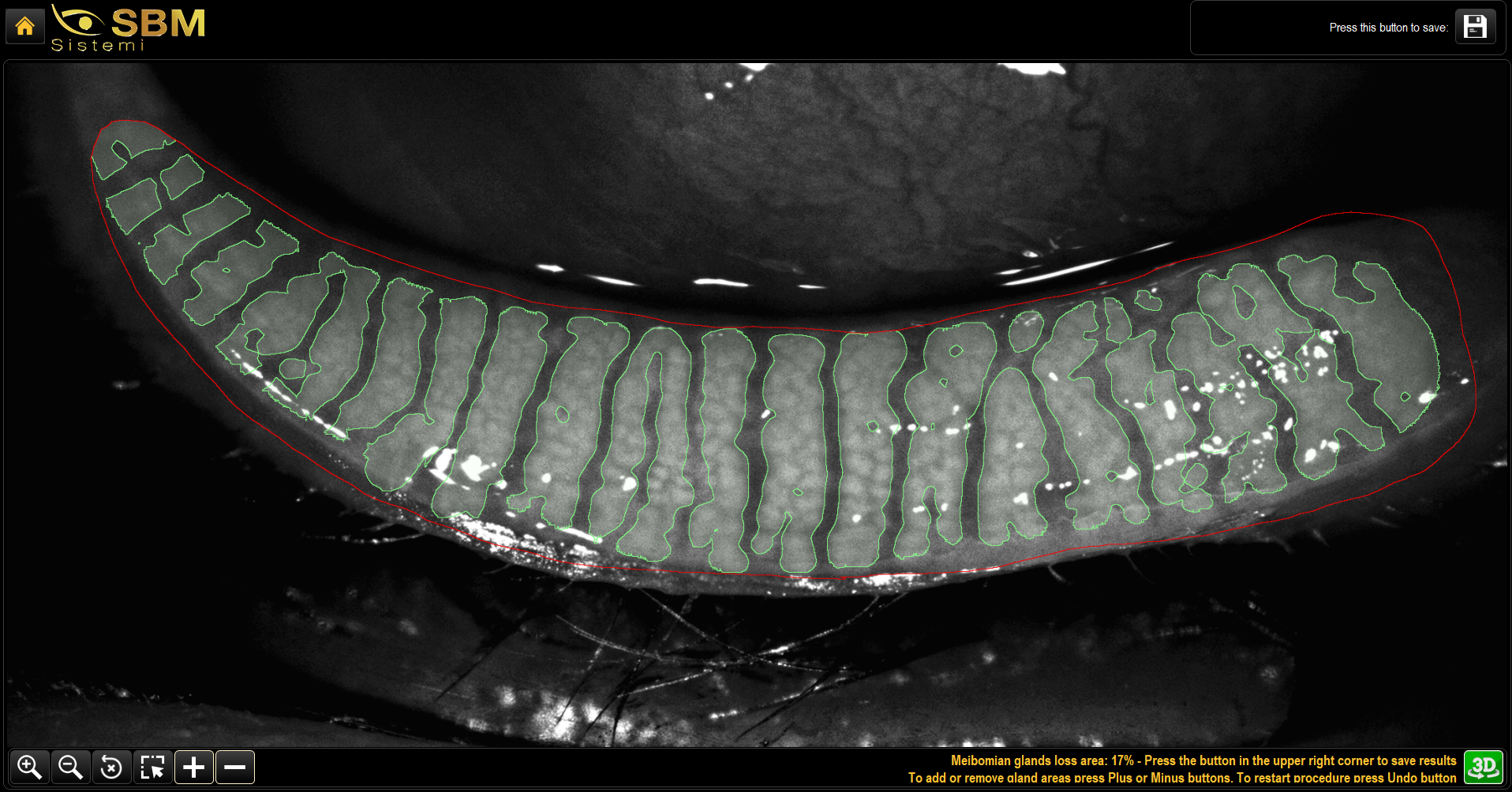
Meibography
this detects the amount of upper and lower meibomian gland loss and evaluates the healthy glands.
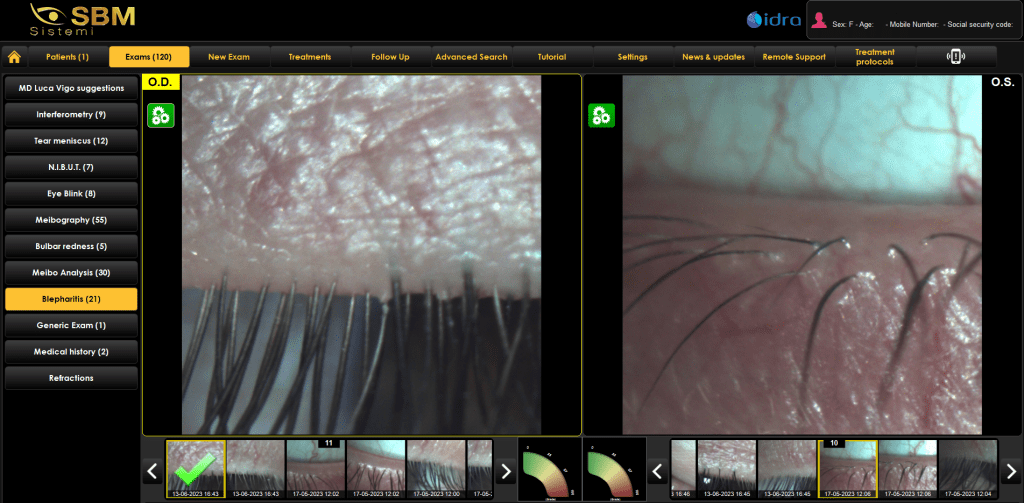
Blepharitis and Demodex
Photos: these photos allow us to see the inflammation caused by Blepharitis and the severity of Demodex.
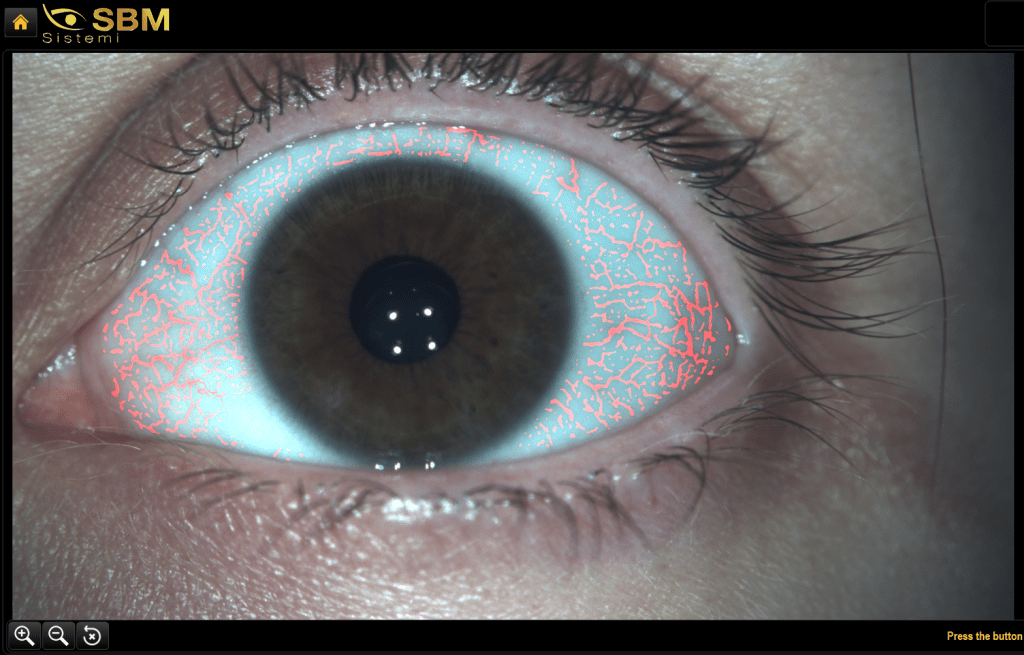
Bulbar Redness
this detects the fluidity of blood vessels and the degree of redness on the globe of your eye.
“Do I have dry eyes?”
Some people may have dry eye symptoms but may not necessarily have dry eye disease. Click here to book a dry eye consultation.
